Cardamomo Magic: The Spicy Secret Spanish Cuisine Can’t Resist
Welcome to the aromatic world of cardamom! If you've ever wandered through a bustling market in Spain and caught a whiff of something exotic, earthy, and slightly sweet — you might just be smelling cardamom. Known as "cardamomo" in Spanish, this spice is quietly making its mark in kitchens across the Iberian Peninsula. In this post, we’ll explore everything from its rich history to how it's used in modern Spanish dishes, and yes — even how to buy the best quality cardamom for your own kitchen!
Table of Contents
- A Brief History of Cardamom Around the World
- Cardamom in Spanish Cuisine: Surprising but Real
- Types of Cardamom You Should Know About
- Creative Ways to Use Cardamom in Spanish Dishes
- Buying Guide: How to Choose the Best Cardamom
- Conclusion: Why You Need Cardamom in Your Spice Rack
A Brief History of Cardamom Around the World
Cardamom isn't originally from Spain — far from it. This fragrant spice hails from southern India and Sri Lanka, where it has been used for thousands of years in both culinary and medicinal practices. Ancient Egyptians chewed cardamom pods to clean their teeth, while the Greeks and Romans considered it a luxury item often used in perfumes and love potions.
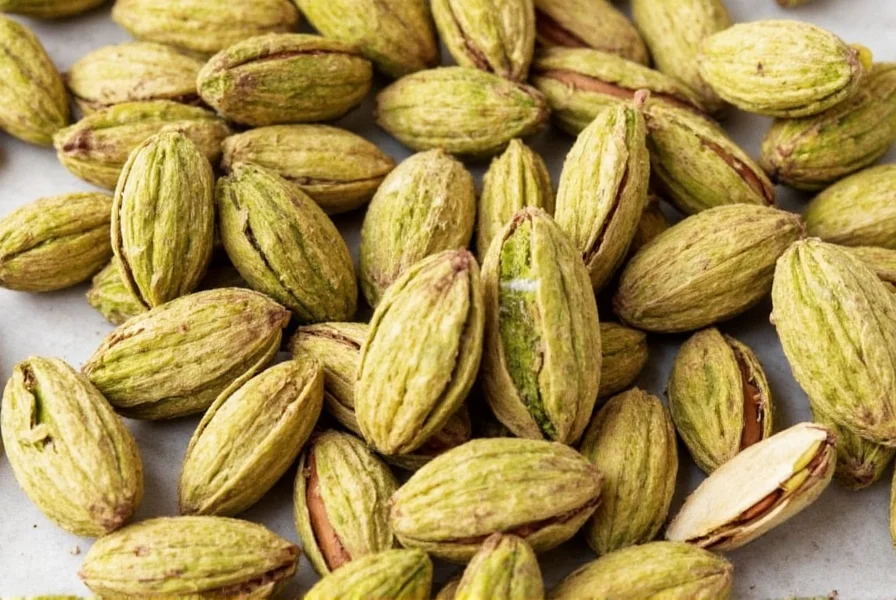
It was during the spice trade that cardamom made its way to Europe, eventually becoming a beloved ingredient in Scandinavian baking and Middle Eastern desserts. But recently, chefs and home cooks in Spain have started to experiment with this ancient spice, incorporating it into traditional dishes with surprising success.
Cardamom in Spanish Cuisine: Surprising but Real
You might not find cardamom in every paella recipe or tapas menu, but don’t let that fool you. Spain’s evolving food scene — especially in cities like Barcelona, Madrid, and Seville — is embracing global spices more than ever. Cardamom (or “cardamomo” in Spanish) has found a new home in fusion cuisine, pastries, and even beverages.
- Pastry Play: Modern bakeries are infusing churros and magdalenas (Spanish muffins) with cardamom for an extra layer of flavor.
- Spiced Chocolates: Some gourmet chocolate makers blend cardamom with dark cacao for a rich, exotic treat.
- Coffee Blends: Cardamom coffee (similar to Turkish style) is slowly gaining traction in hip cafés across Spain.
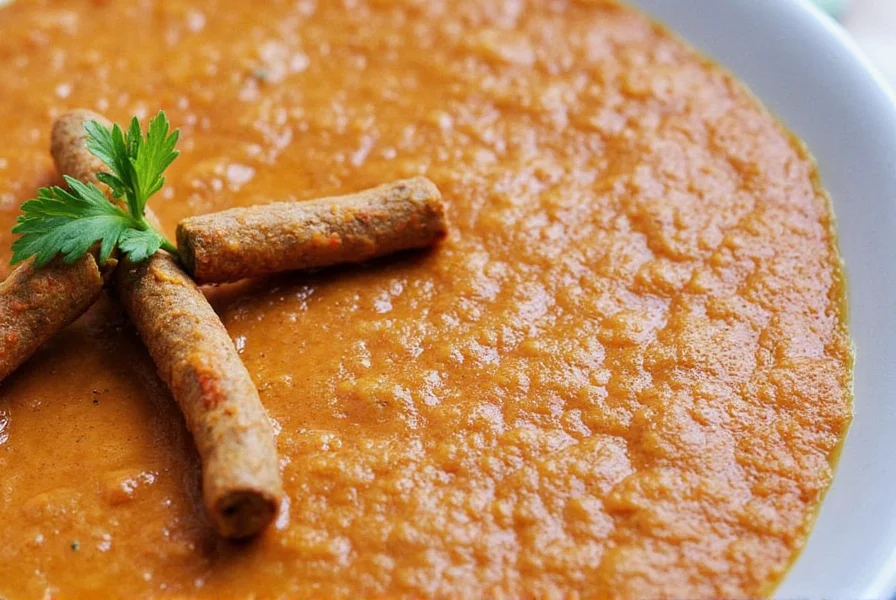
Types of Cardamom You Should Know About
Before we dive deeper into using cardamom in Spanish cooking, it’s important to understand the two main types of cardamom available on the market today:
| Type | Origin | Flavor Profile | Best For |
|---|---|---|---|
| Green Cardamom | India, Sri Lanka | Sweet, floral, citrusy | Baking, desserts, chai tea |
| Black Cardamom | Nepal, Bhutan | Smoky, camphor-like | Curries, meat dishes, savory stews |
If you're experimenting with Spanish recipes, green cardamom is usually the better choice due to its sweeter profile. However, black cardamom can add an intriguing twist when used sparingly in gamey meats or smoky soups.
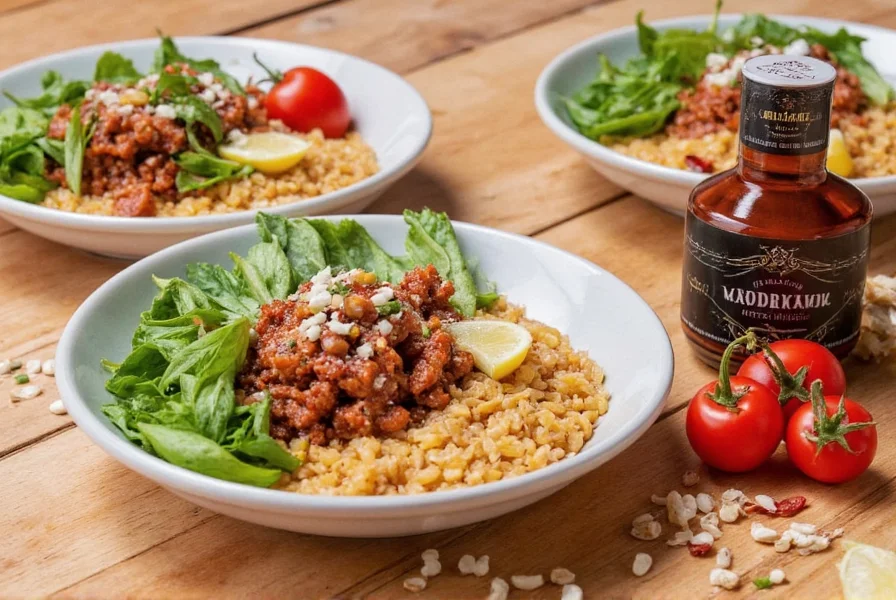
Creative Ways to Use Cardamom in Spanish Dishes
Ready to bring some cardamomo magic into your kitchen? Here are five delicious ways to incorporate this spice into classic Spanish dishes:
- Rice Revamp: Add a pinch of ground cardamom to your next batch of saffron rice or paella for a floral lift.
- Hot Chocolate Upgrade: Whisk a little cardamom into your chocolate caliente for a warm, spiced kick.
- Custard Perfection: Sprinkle ground cardamom over a freshly baked flan before serving.
- Pork Picadillo Twist: Mix cardamom with cinnamon and paprika for a unique rub on slow-roasted pork shoulder.
- Cheesecake Fusion: Blend cardamom with ricotta for a Spanish-style cheesecake inspired by Middle Eastern flavors.
Buying Guide: How to Choose the Best Cardamom
Not all cardamom is created equal. Whether you’re buying whole pods or pre-ground spice, here are some key factors to consider:
1. Whole vs. Ground
Whole cardamom pods retain their flavor longer and are ideal if you want maximum aroma. They can be crushed or split open before use.
Ground cardamom is convenient but loses potency faster. Buy small quantities and store tightly sealed.
2. Look for Quality Indicators
- Check for bright green color (for green cardamom).
- Avoid discolored or brittle pods.
- Fresh cardamom should have a strong, aromatic scent.
- For ground cardamom, ensure the packaging is airtight and clearly labeled.
3. Recommended Brands
Here are three high-quality brands that are easy to find online or in specialty spice shops:
| Brand | Form | Features | Best For |
|---|---|---|---|
| Spice Islands | Whole Pods | Eco-friendly packaging, consistent quality | Home bakers, DIY grinders |
| Simply Organic | Organic Ground | Certified organic, fair-trade sourced | Health-conscious cooks |
| Penzeys Spices | Whole Pods & Ground | Famous for bold flavors and freshness guarantee | Professional chefs and spice lovers |
4. Storage Tips
- Store whole pods in a cool, dry place for up to a year.
- Keep ground cardamom in an airtight container away from heat and light.
- Freezing is optional but helps preserve flavor in humid environments.
Conclusion: Why You Need Cardamom in Your Spice Rack
Whether you’re a seasoned chef or a curious home cook, cardamom — known as cardamomo in Spanish — is one spice that deserves a permanent spot in your pantry. Its complex flavor adds depth to both sweet and savory dishes, and its growing presence in Spanish cuisine makes it a versatile addition to your kitchen repertoire.
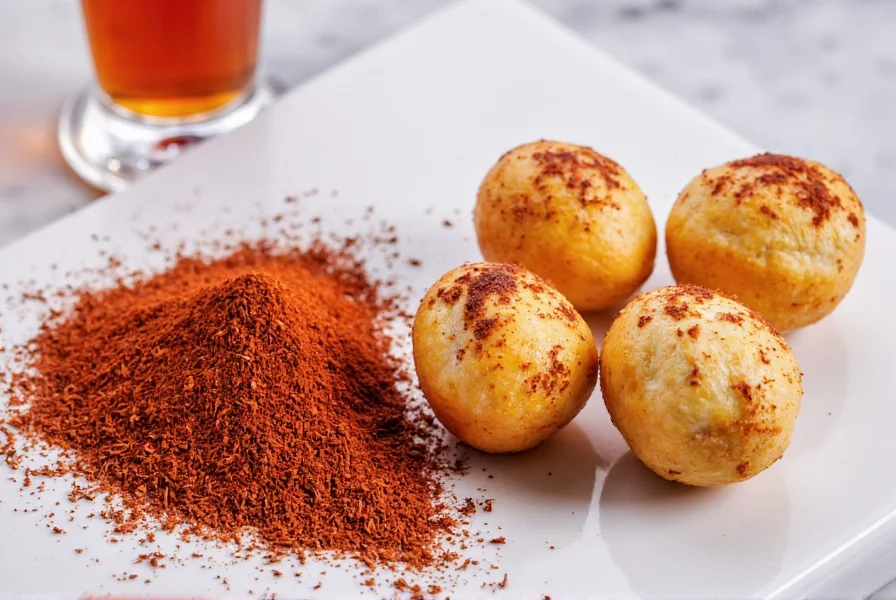
So next time you're planning a Spanish-inspired dinner or looking to upgrade your baking routine, don’t forget about cardamom. With the right knowledge and a bit of creativity, you can unlock a world of flavor — right from your own kitchen.

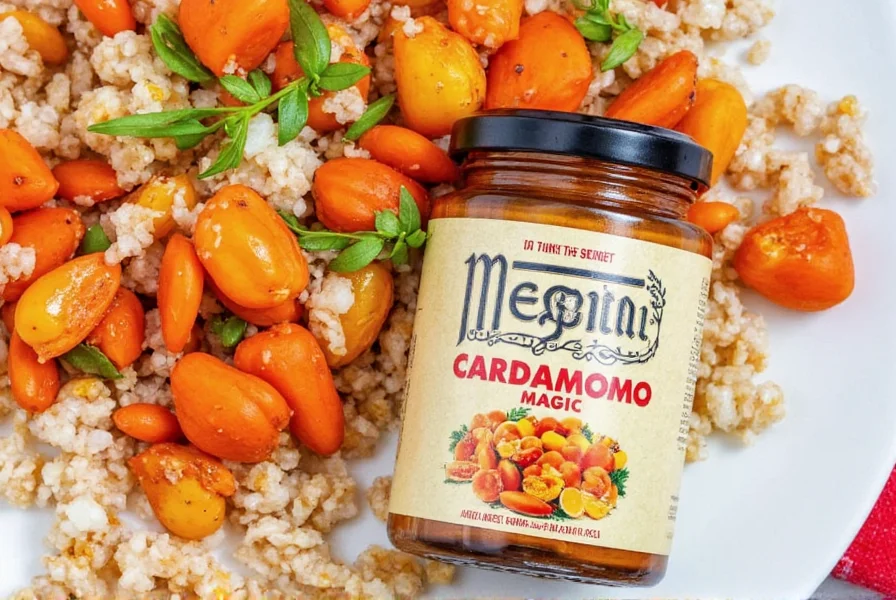









 浙公网安备
33010002000092号
浙公网安备
33010002000092号 浙B2-20120091-4
浙B2-20120091-4